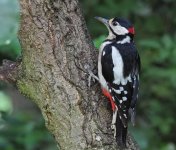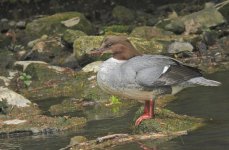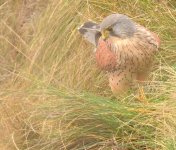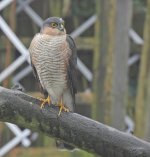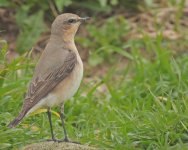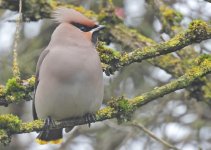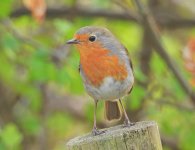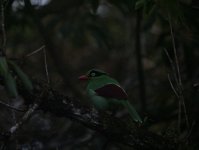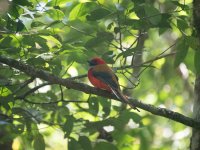james holdsworth
Consulting Biologist
My Panasonic Lumix DMC-ZS60 bite the dust after only three years of use so I’m in the market for a new, compact super zoom. I’m not a photographer per se but carry a camera for doc shots as well as macro use for bugs, herps and plants. I have a small case that clips to my belt, so it doesn’t need to actually fit into my pocket but it needs to be thin and easy to tote…maybe max 2”x 5”. Bigger than that stays in the car, so only of limited use.
I’m hoping for better image quality than the Lumix - it was very poor in bad light or birds in flight, and fully zoomed images were very noisy. So hoping for some suggestions here for a small camera with good zoom, low noise that stands up to cropping etc., with emphasis on superior image quality. There are dozens of like models out there but hope to get some first hand accounts and recommendation. If an upgrade is worth it, cost isn’t an issue.
Thanks.
I’m hoping for better image quality than the Lumix - it was very poor in bad light or birds in flight, and fully zoomed images were very noisy. So hoping for some suggestions here for a small camera with good zoom, low noise that stands up to cropping etc., with emphasis on superior image quality. There are dozens of like models out there but hope to get some first hand accounts and recommendation. If an upgrade is worth it, cost isn’t an issue.
Thanks.







